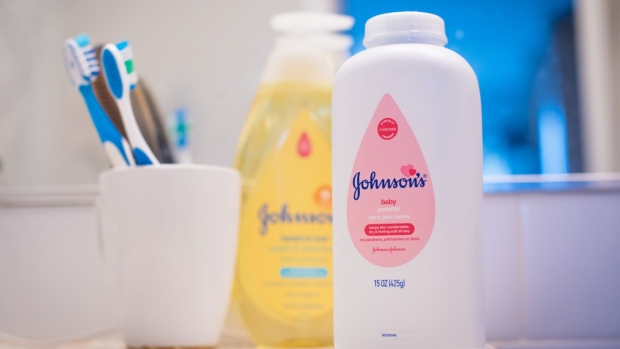Apr 14, 2020
J&J buoyed by Tylenol, blockbuster drugs while devices struggle
, Bloomberg News

Johnson & Johnson reined in its outlook for the year ahead due to the expected effects of the coronavirus pandemic, becoming the latest company to have to shift gears in the face of the sudden economic shock created by COVID-19.
At the same time, J&J posted stronger sales and earnings for the first quarter compared with a year ago, and boosted its quarterly dividend.
The health-care giant’s results offer a revealing snapshot of a broad cross-section of the U.S. economy at a time when the pandemic is turning any previous assumptions investors might have had about this year inside-out. J&J makes everything from innovative cancer therapies to medical devices to over-the-counter staples like Tylenol pain reliever.
Shares of J&J rose 3 per cent in premarket trading to US$143.90. Through the close on Monday, the shares had declined 4.2 per cent so far this year, amid pronounced volatility in the wider stock market.
The coronavirus began to take hold in the U.S. during the final month of the first quarter. During the period, J&J’s revenue climbed 3.3 per cent from a year earlier to US$20.69 billion, while its adjusted earnings per share climbed 9.5 per cent to US$2.30, from US$2.10 a year earlier.
J&J is the first of the major U.S. health-care company to report earnings for what most on Wall Street expect to be a turbulent quarter. Investors typically look to J&J’s results for signals about how the wider health-care sector will fare. Its broad reach in drugs, devices and consumer health give the company a unique vantage point on the rest of the industry.
For the full year, J&J said it expects sales of US$79.2 billion to US$82.2 billion. Previously, it had forecast revenue for the year of US$85.8 billion to US$86.6 billion.
The company’s consumer health-care unit pulled in US$3.6 billion in revenue during the first quarter, up 9.2 per cent in annual terms. But a widespread decline in elective surgical procedures during the pandemic slowed sales of J&J’s medical devices. Revenue in that business fell 8.2 per cent to US$5.93 billion in the period.
J&J’s pharmaceutical business remained steady, posting a gain of 8.7 per cent to US$11.1 billion in quarterly revenue, driven by its blockbuster drugs Stelara, Darzalex, and Imbruvica.
Separately, J&J said it would increase its quarterly dividend by 6.3 per cent to US$1.01 a share from 95 cents a share.






